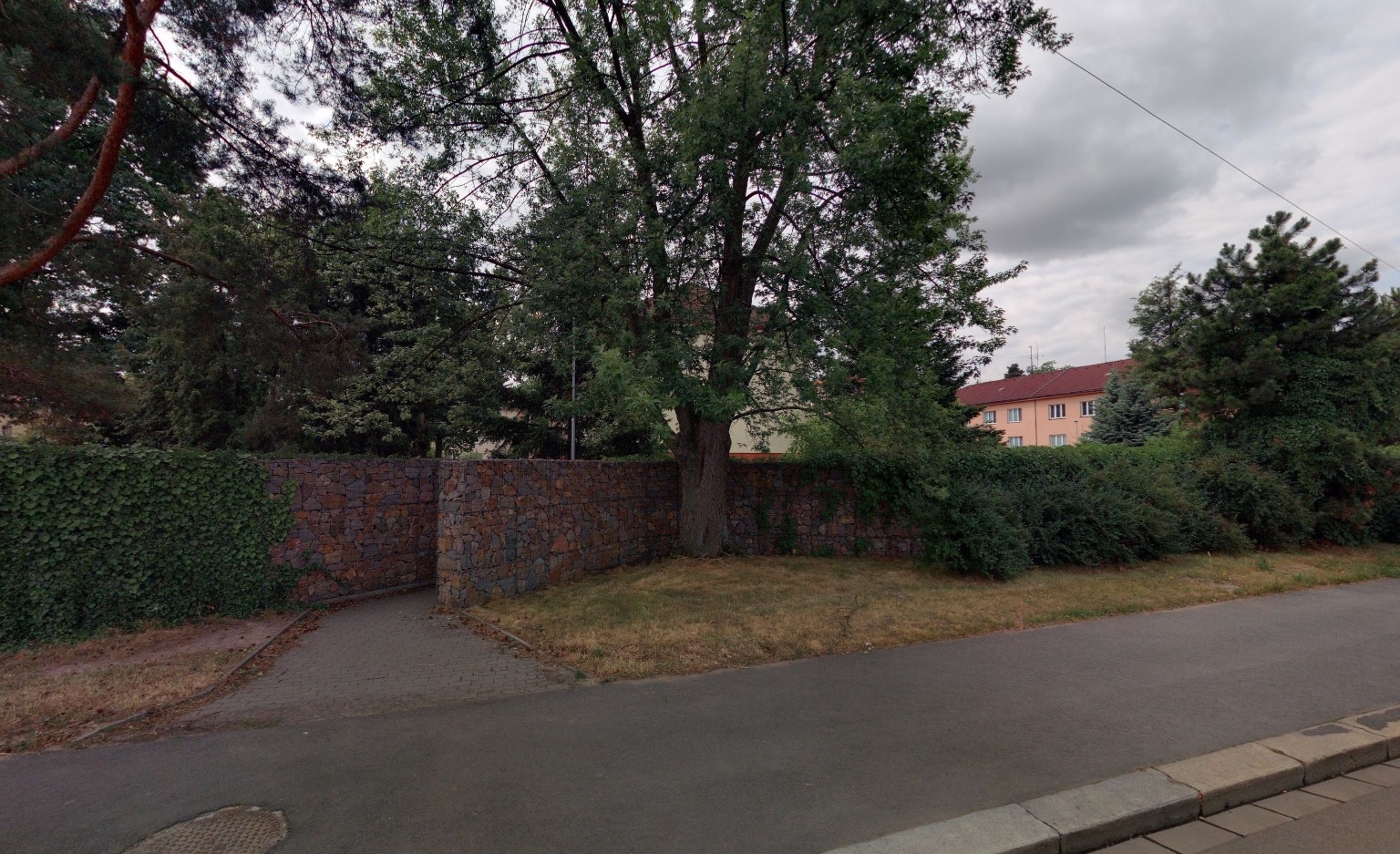EURECA
Good Practices




Protective gabion wall in Teplého street, city of Pardubice – Dukla
Country:Main Subject:
Description:
Gabions, wire structures filled with natural stone, have been utilized in construction since the era of Leonardo da Vinci. Studies indicate that gabions boast an 80% lower carbon footprint compared to concrete, owing to their environmentally friendly production process and materials. Their contribution to long-term environmental sustainability is manifold:
Firstly, gabions are 100% recyclable, making them invaluable for the planet. The steel used in their production, the most recycled material globally, is reused extensively in various industries. This contrasts starkly with plastics, of which only about 30% are recycled in the EU. Additionally, the stones used in gabions meet rigorous criteria for natural building materials.
Moreover, gabions exhibit exceptional durability, lasting for at least 50 years. They facilitate the growth of plant roots both inside and outside the structure, aiding in static improvement and reducing carbon levels in the air by absorbing car exhaust fumes.
The construction of gabion walls, such as the one in Teplého ulice, Pardubice – Dukla, involves gravel foundation strips beneath the structures, acting as water retention reservoirs. These reservoirs mitigate surface runoff during heavy rainfall, allowing better absorption by the soil. The embankments of gabion walls consist primarily of gravel, enhancing stability and rainfall infiltration. Waste stone material unsuitable for gabion construction is repurposed in embankments, minimizing waste removal.
Gabion walls are designed with curved alleys to impede noise transmission, preserving tranquillity for nearby residents. During construction, no trees are felled; instead, walls are contoured to minimize disturbance to root systems. Gabion structures foster biodiversity by providing habitats for insects, lizards, and birds.
For increased noise reduction, geotextiles can be incorporated into gabion construction, enhancing sound absorption and supporting climbing plants like Parthenocissus tricuspidata and Hedera helix. These plants contribute to cooling the environment and trapping airborne dust from adjacent roads, further enhancing the wall's environmental benefits.
Reference links:
https://gabionylemon.cz/clanek/8/gabiony-a-jejich-vliv-na-zivotni-prostredi
https://www.mujdumkrokzakrokem.cz/gabionove-steny-vhodny-doplnek-nejenom-pro-moderni-zahrady/
https://desaterotvariosobnosti.cz/proc-se-instaluji-gabiony/
SDG direct/ indirect short justification:
DIRECT SDGs:
- Make cities safe, resilient and sustainable (SDG 11)
INDIRECT SDGs:
- Promote sustainable ecosystems and widen biodiversity (SDG 15)
- Management of water (SDG 6)
Justification:
- SDG 11 Improvement of human lives in cities and protect human health.
- SDG 15 Widen biodiversity and ecosystem.
- SDG 6 Soil around the gabion walls increases the possibility of absorbing rainfall.
Keywords:
City:
Location:
Questions:
1. Why are gabion walls considered environmentally friendly?
2. How do gabion walls enhance local biodiversity?
3. In what ways do gabion walls improve the human environment and surrounding ecosystem?
Additional comments:
Dust particles
PM10 (PM10 – Particulate Matter10 = dust particles, less than 10 micrometers)
Particles less than 10 μmse can lodge in the trachea and cause health problems. Inhaling PM10 mainly damages the cardiovascular and pulmonary systems. It can cause chronic bronchitis and chronic lung diseases even these diseases can progress to lung cancer.
Noise
A lack of silence, or noise, is often the cause of disturbances in attention and memory, thinking, reasoning, and physical and mental performance. It also causes tiredness, exhaustion, emotional lability, sometimes aggression and depression, and sleep disturbances. Může It can raise your blood pressure, it can make your heart beat faster. The effects of long-term, chronic noise even include a reduction in a person's immune abilities and the possibility of a heart attack.
Authors:
Jiří Janoš, Michaela Vachunová and Roxana Vachunová
Spolek absolventů a přátel zemědělské školy v Chrudimi z.s




